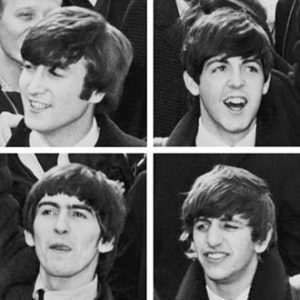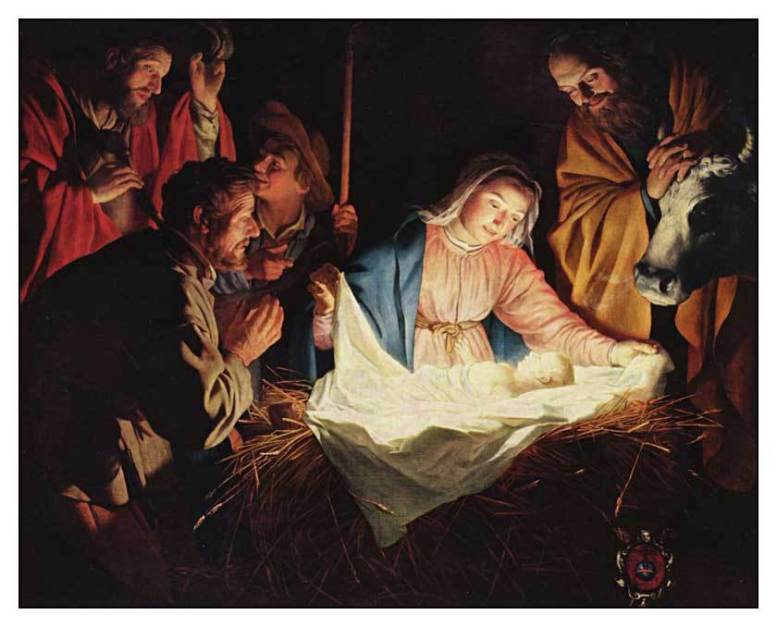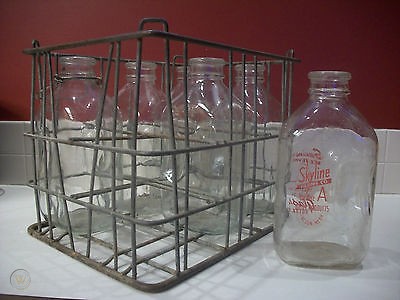The Beatles, Cadillacs, and Aretha Franklin
The Beatles, Cadillacs, and Aretha Franklin

 In the marketing world, the phrase “passion brand” refers to a product that has a passionate following among its customers. In addition to being loyal to the product, the customers also personally identify with it. If necessary, they will expend the time and energy to defend the product when someone criticizes it. The ownership of the product becomes a statement in and of itself — a statement that the customer has achieved a special status because of their affiliation with the product.
In the marketing world, the phrase “passion brand” refers to a product that has a passionate following among its customers. In addition to being loyal to the product, the customers also personally identify with it. If necessary, they will expend the time and energy to defend the product when someone criticizes it. The ownership of the product becomes a statement in and of itself — a statement that the customer has achieved a special status because of their affiliation with the product.
A passion brand not only applies to products, but also applies to celebrities, groups, and service providers. A customer can be passionate about a car, an item of clothing, a rock star, a restaurant, a food item, or an electronic device. The message behind most passion brands is that the brand itself stands for something that is much more significant than what it actually does for the customer.
You may have heard of “Beatlemania,” a phenomenon that changed our culture and captured the hearts and minds of teenagers and young adults during the 1960s. It started in Liverpool England in 1960, with an English rock band — the Beatles — and arrived in America in February 1964, when the Beatles flew from London’s Heathrow Airport to New York’s Kennedy Airport. Their arrival in the United States was later referred to as “The British Invasion.”
Here’s what one of the Beatles, Paul McCartney, said about their flight to New York:
There were millions of kids at the airport, which nobody had expected. We heard about it in mid-air. There were journalists on the plane, and the pilot had rang ahead and said, “Tell the boys there’s a big crowd waiting for them.” We thought, “Wow! God, we have really made it.”
The Beatles was the first rock band that ever became a passion brand. What was it about the Beatles that turned their group into a passion brand? Was it their music? No, it was more than that. Young people were attracted to the Beatles because they felt as though they now belonged to something bigger than what their parents, grandparents, and institutions stood for.
By aligning themselves with the Beatles, they became part of a counterculture that allowed them to break away from the rigid lifestyle and rules of the society they lived in. They relished the fact that they were aligned with a movement that rejected conventional values and embraced independence, free love, long hair, psychedelic clothing, eastern mysticism, and civil disobedience. Many of the Beatles’ fans even went overboard by experimenting with and embracing illegal hallucinogenic drugs.
While the Beatles became a passion brand for young Americans, the parents and grandparents of Beatles’ fans had their own passion brands, one of which was the Cadillac. Yes, I’m referring to the car. For three decades — the 1950s, 1960s, and 1970s — the Cadillac was the luxury car that was a symbol of success and great achievement. Everyone understood that people who drove a Cadillac had achieved the American dream.
The Cadillac was in a “category of one” when it came to luxury cars. Its closest competitors were the Chrysler Imperial and the Ford Lincoln, both of which were considered to be far inferior to the Cadillac.
My Mom’s younger brother, Dick LaHood, owned a Cadillac. Her two uncles, Tony Couri and Dr. Peter Couri, also owned Cadillacs. Even Elvis Presley, a celebrity who had his own following of passionate fans, drove a Cadillac.
The day a man drove home with a shiny new Cadillac was the day that his entire neighborhood knew that he had “made it.” It was at that moment that the Joneses knew that they were no longer keeping up.
But it wasn’t only men who were attracted to this particular passion brand. Mary Kay Ash, the founder of Mary Kay Cosmetics, encouraged all of her successful female salespeople to buy a pink Cadillac, to prove to everyone around them that they had “arrived” and that they had achieved the American Dream.
Mary Kay really was the embodiment of the American Dream. She started her company in 1963, when she was 45 years old, because she was tired of being passed over for promotion by her fellow male employees. Her initial investment was $5,000. When she died in 2011 at the age of 83, the company she founded had over 800,000 representatives in 37 countries, with total annual sales of more than $200 million.
While the Cadillac was the luxury car of choice for successful business people for three decades, it lost its grip on the market during the 1980s, when foreign car manufacturers “invaded” our country. Within a decade, Cadillac lost most of its market share to Mercedes, BMW, Audi, and Lexus. After that, the Cadillac was no longer considered a passion brand. Today, if they think about it at all, young Americans think of a Cadillac as the car that their grandfathers owned.
I thought about the rise and fall of the Cadillac last week when I read an article about how 130 pink Cadillacs showed up on the streets of Detroit to join Aretha Franklin’s funeral possession. For those of us who grew up during the 1960s and 1970s, Aretha Franklin was known as the “Queen of Soul.” Some of her hit songs included “Respect,” “(You Make Me Feel Like) A Natural Woman,” “I Never Loved a Man (The Way I Love You),” and “I Say a Little Prayer.”
The idea to organize a fleet of pink Cadillacs to participate in Franklin’s funeral procession came from Christie Ellis, an independent national sales director for Mary Kay Cosmetics. Why a pink Cadillac? Because in one of Aretha Franklin’s Grammy-Award winning songs, “Freeway of Love,” she sang, “We’re goin’ ridin’ on the freeway of love, in my pink Cadillac.”
The people who drove their pink Cadillacs to Detroit to be in the funeral procession came from all over the United States, including Texas, Nebraska, Florida, North Carolina, and Maryland.
Speaking of passion brands, over the past few weeks I’ve been missing the saintly Catholics, Mother Teresa of Calcutta and Pope John Paul II. It hasn’t been that long since they were on this Earth influencing millions of people to passionately follow and imitate the Divine Savior who came to this Earth, died on a cross, rose from the dead, and then, before ascending into Heaven, established the One, Holy, Catholic and Apostolic Church.
Mother Teresa and Pope John Paul II didn’t identify with and follow a famous rock band. They didn’t attempt to prove their success by riding around in a shiny new luxury car. They didn’t waste their time being interviewed by reporters or lecture us about climate change or the need for us to allow illegal immigrants to violate our laws and flood into our country. They primarily focused, by word and example, on two things: love of God and love of neighbor.
It was more by their example than by their words that they taught us how to passionately love God and those around us who are less fortunate than we are. They were fierce defenders of our church and our faith. Even their most vocal critics knew that they were “the real deal.”
What the Catholic Church desperately needs at this point in time are leaders who, like Mother Teresa, Pope John Paul II, and all the other saints who preceded them, passionately identify with our Lord and Savior to such an extent that they will do everything in their power to lead and influence others to know, love, and serve Almighty God.
Lord have mercy on us and please send us leaders who will passionately do your work here on Earth.




4 Comments
Good Morning, Georgette and Harry!
Thank you once again for the well written and interesting article! I love the way you manage to lead up to the connection with what is really important – love of Jesus and love of Neighbor. In our CSJ Community, we had a Retirement Home here (where I live now), until 1993, when, after some general meetings and discussions about “Are we really doing all that God wants us to do?” We saw that our Founder wrote in the early days a “pattern to follow”. The term “The Dear Neighbor” was repeated several times in his writing. We asked ourselves what we were doing for our Neighbors. The result was expansion of our Retirement Home to accommodate lay men and women along with our Sisters. The new name – Nazareth Living Center! Today, it is a wonderful combination of retirement for all who fit the description. Health Care is medicare – approved so we follow all of their policies. Thanks once again for your article! with loving prayers and love to you and your family. Sister Roberta
instructions of good Health Care, etc.
Sister Roberta – I wish there were a Nazareth Living Center in Peoria. I know a lot of elderly people who would greatly benefit from the care and love that you and your fellow religious sisters have to offer. It appears as though the founder of your community was very wise and holy. I appreciate hearing from you every week. Take care, Harry
This was one of the best Perpetual Adoration wrintings I have every seen.
Ed – Thanks for your comment. You lived through those years and experienced the effects that the counterculture revolution of the 1960s had on your family, business, church, and country, so you have more of an appreciation for what happened to our society. I hope all is going well for you and your family. Take care, Harry